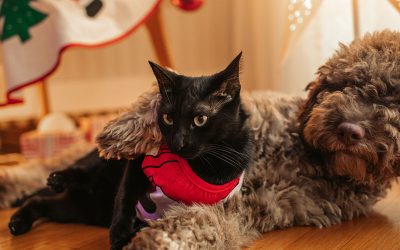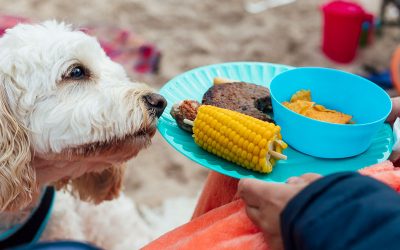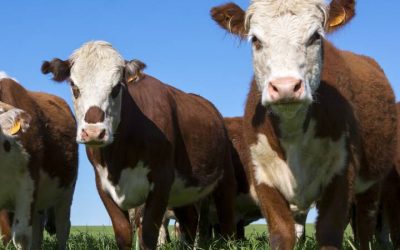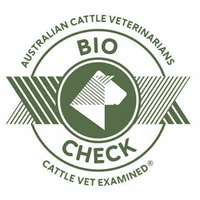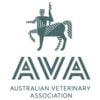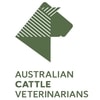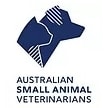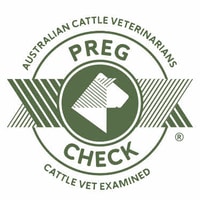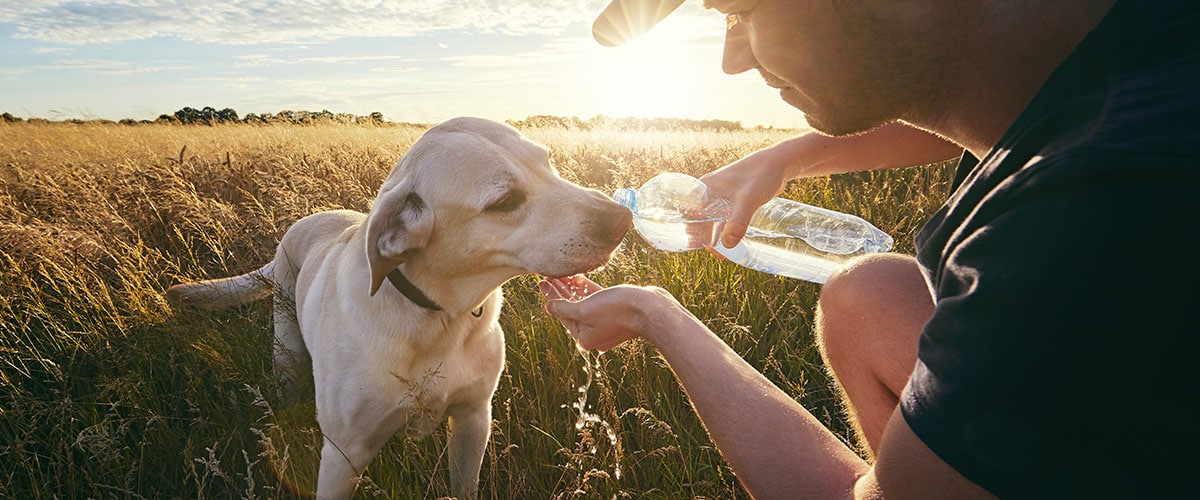
We all love spending quality time with our pets on a hot summer’s day. However, we need to stay vigilant in summer, as the warmer weather can expose our pets to several dangers.
One of these dangers is heatstroke. Heatstroke, or hyperthermia, occurs when your pet’s body temperature rises rapidly. It is a life-threatening condition that requires immediate treatment.
There are several causes for heatstroke, including:
- Being left in a hot car,
- Being left outdoors during extreme heat,
- Not having enough shade and water when outdoors,
- Exercising in hot weather.
It is important to know the signs of heatstroke – even if you avoid all the above.
Your pet may show some or all of the below symptoms:
- Excessive panting,
- Restlessness,
- Drooling excessively,
- Becoming unstable on their feet,
- Their gums turn a bluish-purple or bright red colour.
If your pet is showing any of the above symptoms, you must take them to a vet immediately.
Make sure to cool your pet while you are on your way to see us.
The most effective way to cool your pet is by using a fan or air-conditioning. You can also use a damp towel or a spray bottle filled with water to cool them lightly. It is important not to submerge your pet in ice-cold water, as this could be detrimental to their recovery.
Other warm-weather tips:
- In hot weather, it is also essential to keep your pet’s feet in mind – if the pavement is too hot for your bare feet, it is too hot for your pets! Keep them inside, walk in the shade, or use pet socks/shoes if it’s not possible to keep them off hot surfaces.
- Always ensure there are plenty of cool places with shade and fresh water for your pet to access on hot days. Never leave them unattended in a car, even if the windows are down.
- Before the weather gets too warm, book your pet in for a groom to remove any unnecessary shedding hair, and a trim where suitable. Do not shave your pet’s coat yourself – some breeds require their coats to help regulate body temperature.
- Brachycephalic dogs are more susceptible to heatstroke and can develop serious health issues quickly due to their inability to pant efficiently. If you own a brachycephalic dog (a dog with a flattened face, such as a French or English bulldog, Pug, Boston terrier, Pekinese, Boxer, etc.), please be very mindful of their whereabouts on a hot day, and keep an eye out for any of these symptoms.
If you think your pet is suffering heatstroke, or you want to know more about how to prevent it, call our team today!
RELATED ARTICLES
Christmas & New Year’s Hazards
The silly season is an exciting time of year, with Christmas and New Year’s Eve celebrations giving us plenty of reasons to let loose and celebrate. With an increase of visitors, noises, tasty treats, shiny new toys, and interesting smells, this time of year can be...
Barbecue & Picnic Hazards
With the sun shining and beautiful warm weather upon us – who can resist a picnic or barbecue with friends!? It is a wonderful opportunity to spend time outdoors and the perfect chance for your pet to come along for some quality time together. If you are taking your...
Pinkeye
Pinkeye, also known as blight and infectious bovine keratoconjunctivitis. Pinkeye is caused by a number of organisms, and creates weeping of the eye initially, followed by a pink raised lesion in the middle of the eye, before a white accumulation in the eye asppears....
Fireweed
There are a few types of fireweed found in Australia, with majority of species being poisonous. This plant is a short shrubby plant with yellow daisy like flower. Cattle become affected if they are short of feed, or not used to having the plant in their environment....
RELATED
ARTICLES
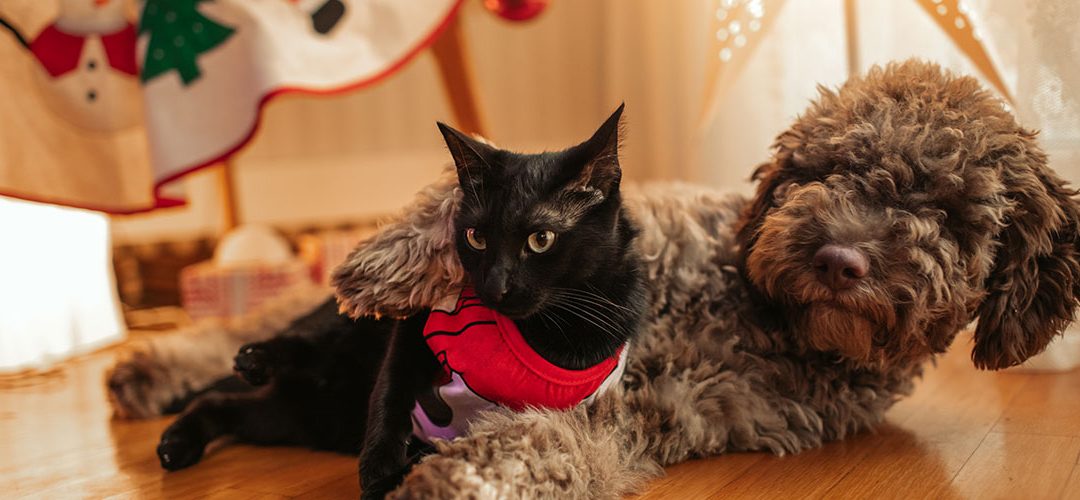
Christmas & New Year’s Hazards
The silly season is an exciting time of year, with Christmas and New Year’s Eve celebrations giving us plenty of reasons to let loose and celebrate. With an increase of visitors, noises, tasty treats, shiny new toys, and interesting smells, this time of year can be...
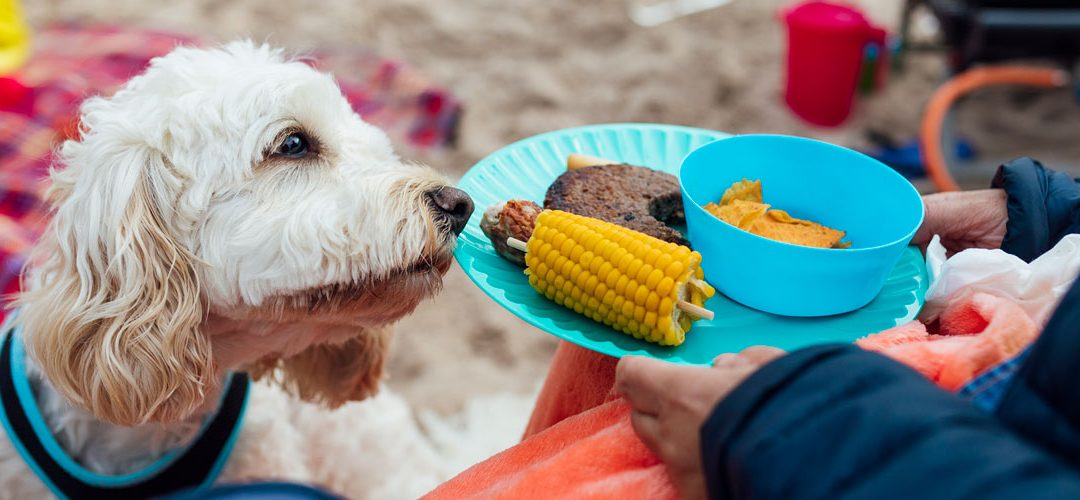
Barbecue & Picnic Hazards
With the sun shining and beautiful warm weather upon us – who can resist a picnic or barbecue with friends!? It is a wonderful opportunity to spend time outdoors and the perfect chance for your pet to come along for some quality time together. If you are taking your...
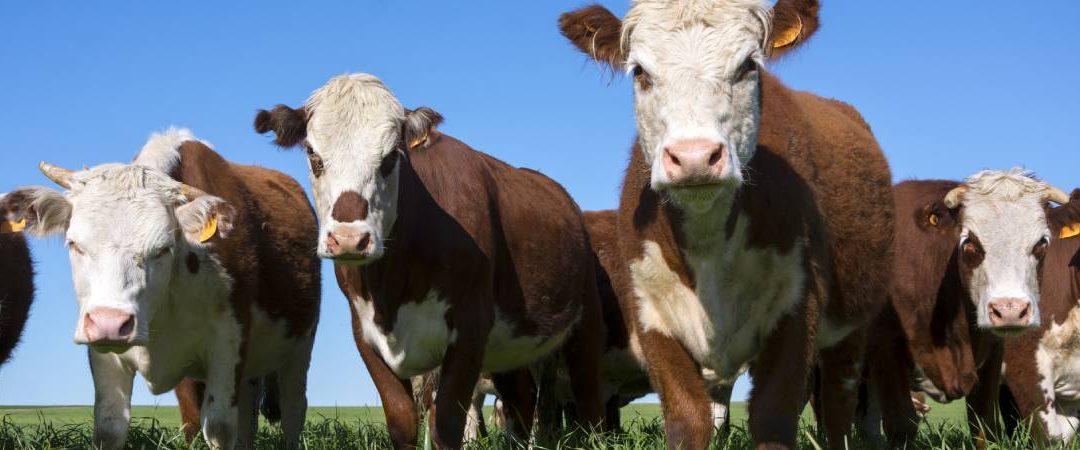
Pinkeye
Pinkeye, also known as blight and infectious bovine keratoconjunctivitis. Pinkeye is caused by a number of organisms, and creates weeping of the eye initially, followed by a pink raised lesion in the middle of the eye, before a white accumulation in the eye asppears....

Fireweed
There are a few types of fireweed found in Australia, with majority of species being poisonous. This plant is a short shrubby plant with yellow daisy like flower. Cattle become affected if they are short of feed, or not used to having the plant in their environment....
Call Us Today To Discuss Your Animal Needs
Business Hours Phone: 07 4693 2233




